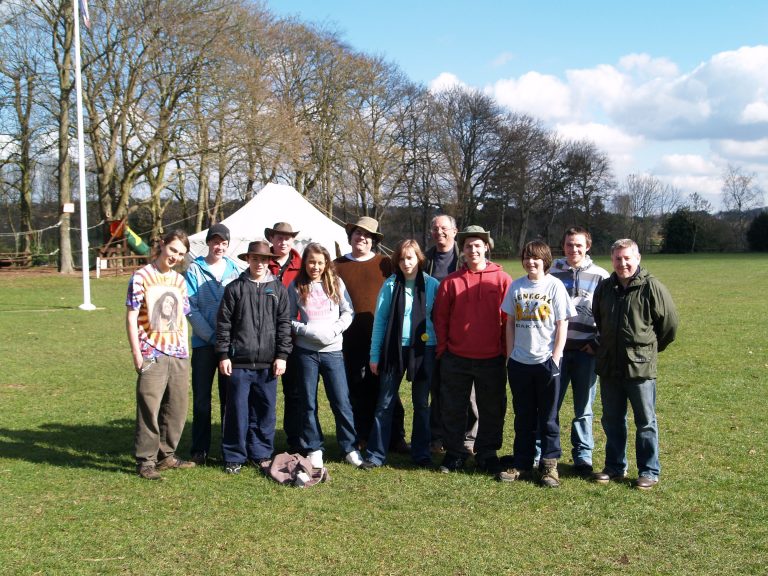sUPPORTING EVIDENCE OF NEED
LOCAL KEY STATISTICS
- Access to local amenities, recreational activity, health/social services, work, education, & social opportunities are vastly diminished. These key issues can be exacerbated by rurality, they can affect people of all ages, income and life-stages and increase the lack of social mobility in families and young people.
- Increasingly young people do not feel a valued part of rural Society in Somerset
- 800 Children & Young People are looked after by the local authority or are being supported into independent living.
- 78% of 12-16 year olds say they worry ‘quite a lot’ or ‘a lot’.
- 44% increase in last 5 years in hospital admissions.
- The 2015 Index of Multiple Deprivation statistics shows many parts of Somerset to be amongst the most deprived neighbourhoods in the country when considering Health, Employment, Education and Training deprivation.
- Severely reduced transport links and the fact that 1 in 9 rural households do not have access to a car means many members of our community face real issues of rural/social isolation.
- The biggest crime issue is anti-social behaviour as of 2017 most likely caused by the lack of things to do and limited transport links.
- 21% of Somerset’s population is made up of children and young people.
- 116,000 Children & Young People under 18 years.
- 23,000 young people aged 16-24 live in rural Somerset.
- Data collected from Somerset Intelligence states “there is a continued need for skilled face-to-face delivery of services in homes, community buildings and shared ‘hubs’, amongst others” and “building community capacity”.
- Between the 2001 and 2011 Censuses, the number of under-16s in Somerset decreased by 3.1%, in contrast to the overall population rise of 6.4%.
- 13,000 young people under 18 live in poverty.
- 12,500 Children & Young people with Special Educational Needs & Disabilities (SEND) 0-25 years.
- With limited higher education provision in Somerset, limited employment opportunities in rural areas, and high house prices relative to income, there are increasing challenges in encouraging young adults to remain in the county.
- Only 29% of primary school leavers report high self-esteem (compared with 38% nationally)
- Only 49% of young people who have been in care in Somerset are in education, employment or training.
- In urban areas 21% of the population is aged 15 to 29 years, but in rural areas this falls to 15%.
- About 14,300 Somerset children live in low-income households.
- 71% of secondary pupils said they know an adult they trust who they can talk to if they are worried about something
- 45% of secondary boys in Somerset and only 25% of secondary girls in Somerset recorded levels of high self-esteem compared with 52% and 34%, respectively in a wider sample of other parts of England.

Previous slide
Next slide
